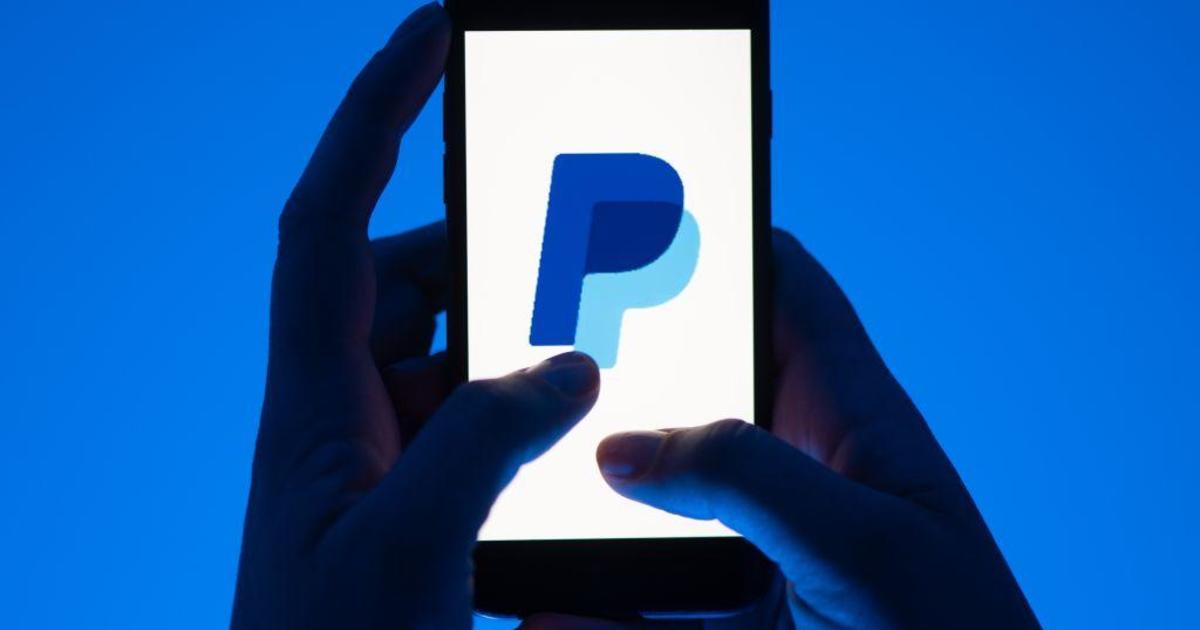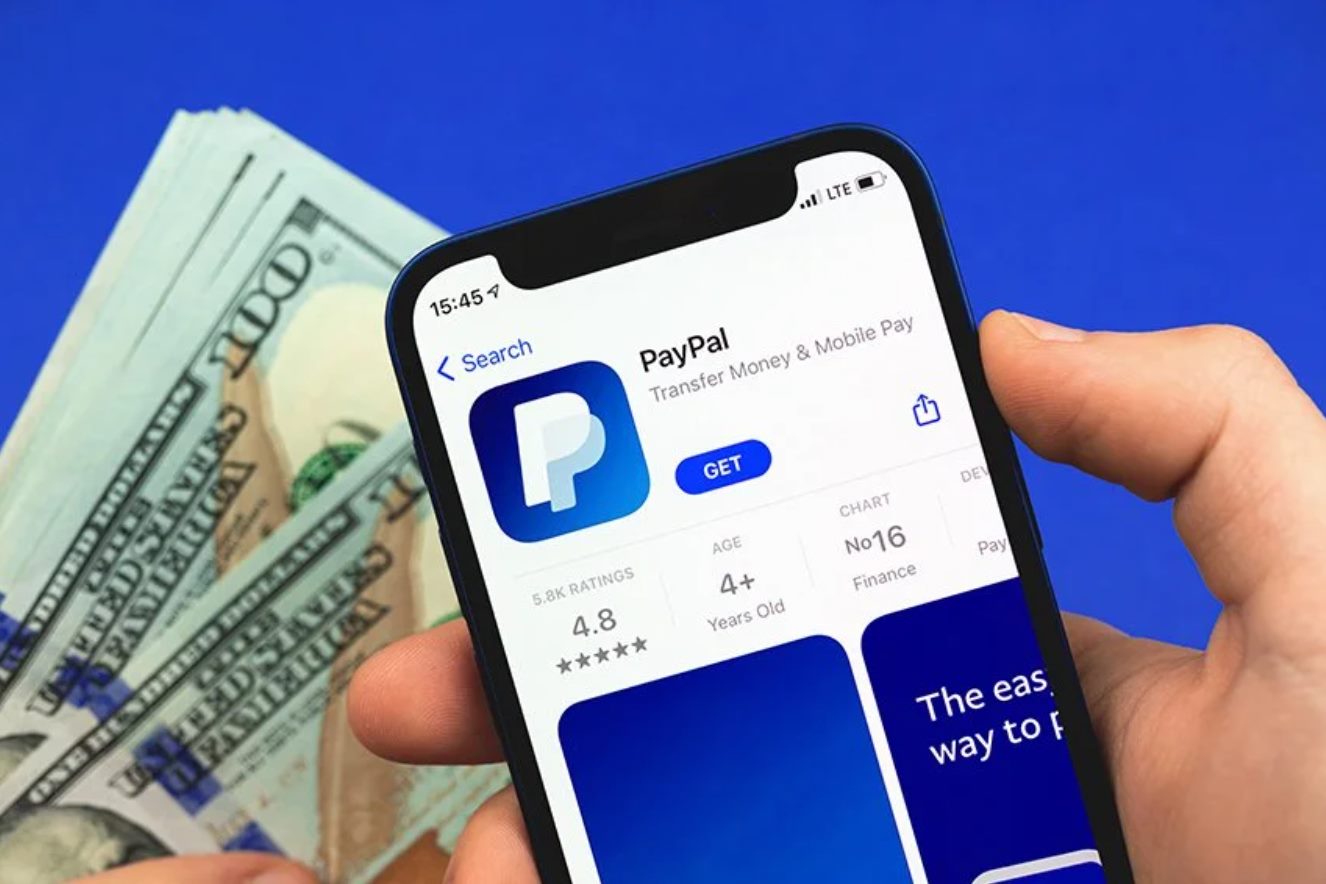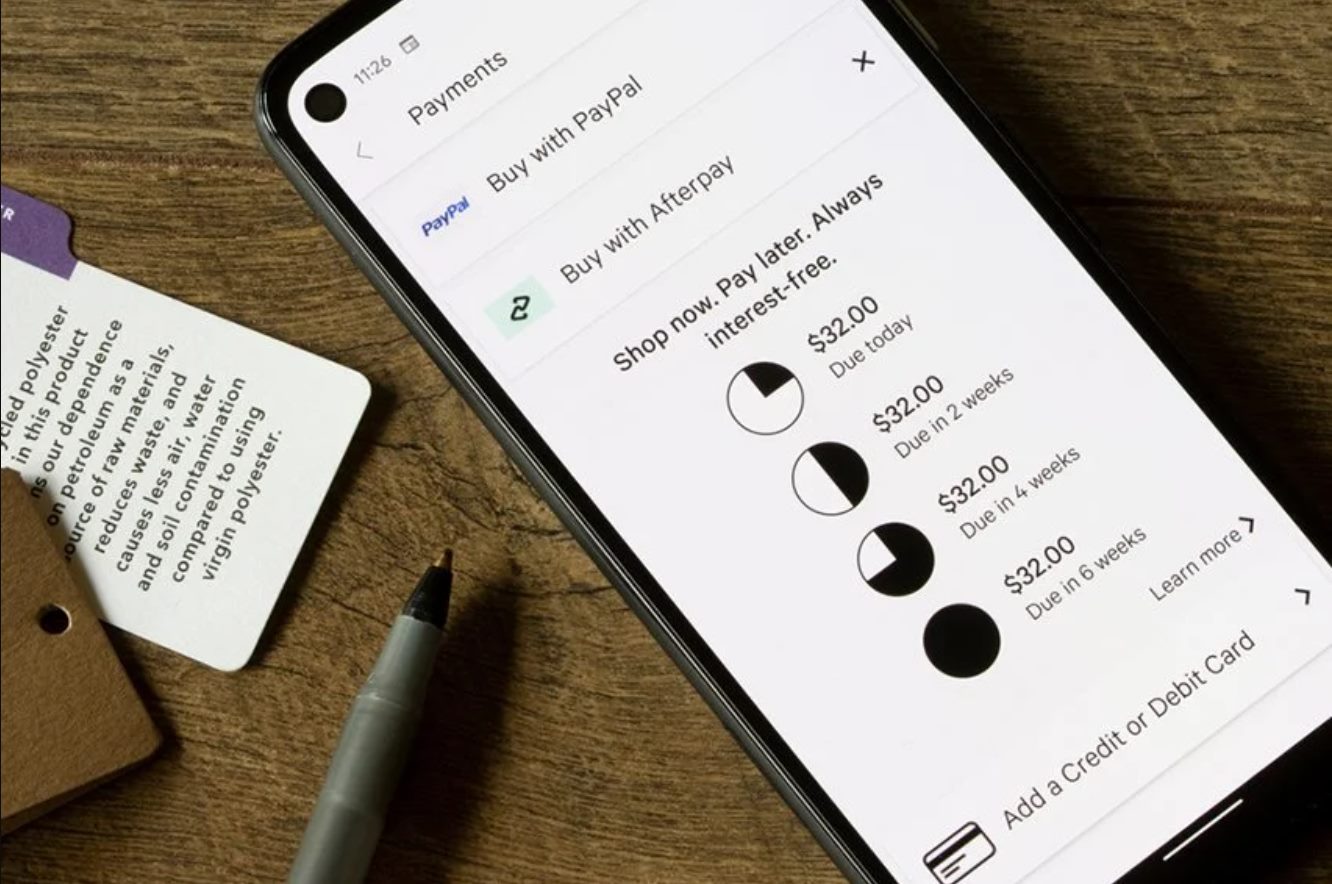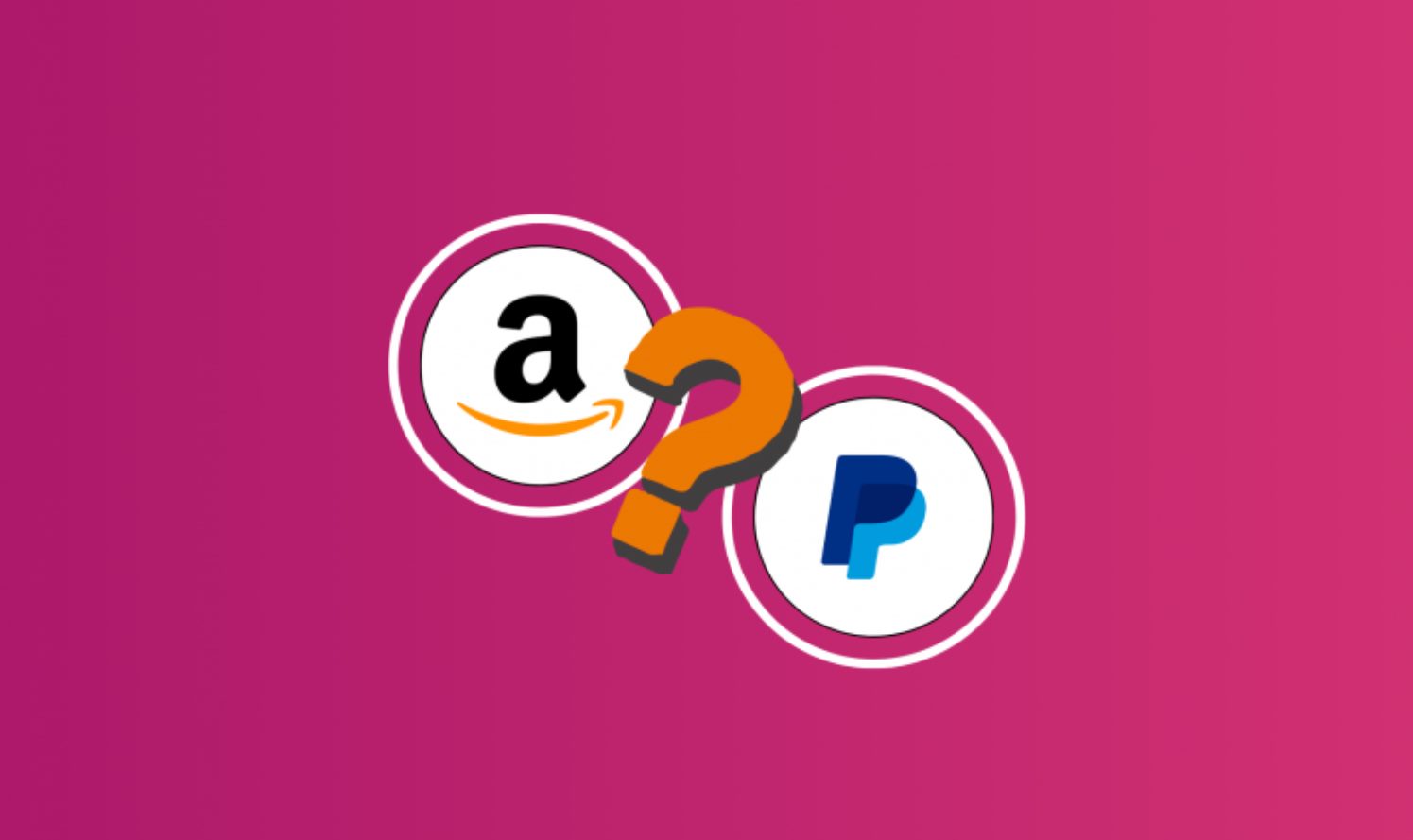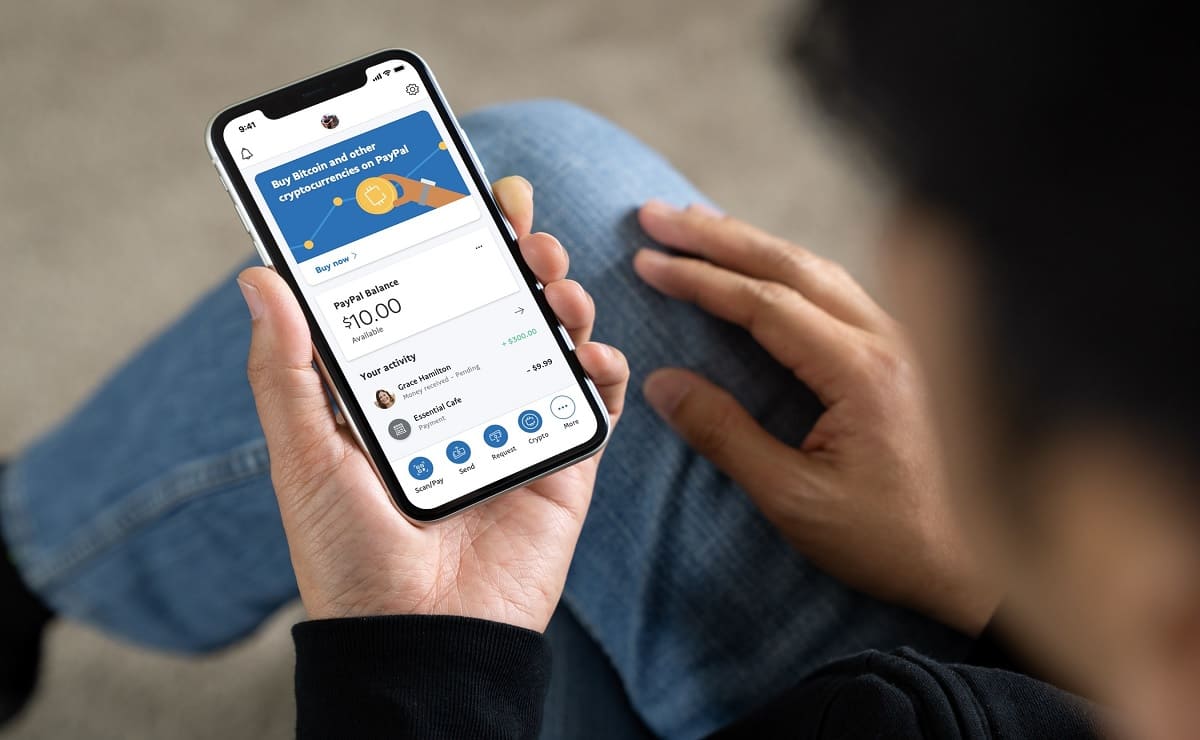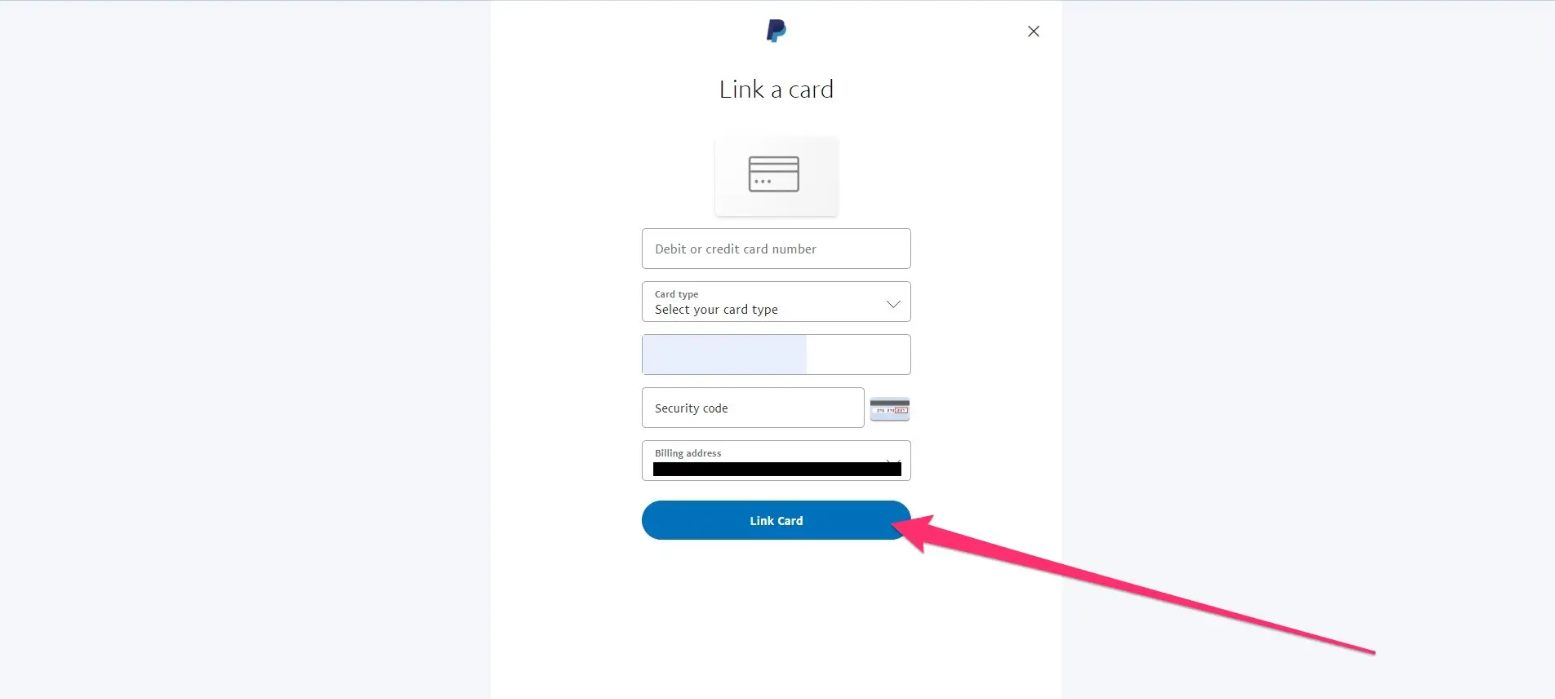Introduction
Welcome to the world of online payment systems! PayPal is a widely recognized and trusted platform that facilitates seamless transactions between individuals and businesses. It has become an indispensable tool for online shopping, freelancing, and various other financial activities. One of the key features that PayPal offers is the ability to link your bank account to your PayPal account, enabling you to easily transfer funds between the two.
However, you may have encountered some difficulties when attempting to link your bank account to PayPal. You’re not alone, as many users have faced similar issues. This article will delve into the possible reasons behind these problems and provide potential solutions to help you successfully connect your bank account to your PayPal account.
Understanding how PayPal functions and the requirements for bank linking is crucial in troubleshooting the issues you are experiencing. It’s important to note that while we can provide guidance and solutions, some situations may require direct assistance from PayPal support.
Now, let’s explore some possible reasons for encountering difficulties when attempting to link your bank account to PayPal and find the best ways to address these challenges.
Understanding PayPal and Bank Linking
Before we delve into the reasons behind the difficulties you may be experiencing when linking your bank account to PayPal, let’s gain a better understanding of how PayPal works and the process of bank linking.
PayPal serves as a virtual wallet that allows you to send and receive money securely online. To make payments or transfer funds, you can link your PayPal account to various funding sources, including credit cards, debit cards, and bank accounts. By connecting your bank account to PayPal, you can easily withdraw funds, make purchases, and receive payments.
The bank linking process on PayPal involves verifying your bank account by providing relevant information, such as your account number and routing number. PayPal will then initiate a small deposit or withdrawal to confirm that you are the legitimate account holder. Once you have confirmed the amounts on your PayPal account, your bank account will be successfully linked.
It’s worth noting that not all types of bank accounts can be linked to PayPal. In most cases, PayPal supports checking accounts and savings accounts from major banks. Some credit unions are also compatible with PayPal, but it’s important to check with your specific financial institution to ensure PayPal compatibility.
Bank linking offers several benefits, including faster access to funds, streamlined transactions, and added security when making online payments. However, there are instances where users encounter problems during the bank linking process. In the following section, we will explore the potential reasons behind these issues and provide solutions to help you overcome them.
Possible Reasons for Bank Linking Issues
While linking your bank account to PayPal is typically a straightforward process, there are several reasons why you may encounter issues during this setup. Understanding these potential roadblocks can help you troubleshoot the problem more effectively. Here are some possible reasons for bank linking issues:
- Incorrect Information: Double-checking the accuracy of the information you entered is crucial. Make sure you provide the correct account number, routing number, and other required details. Even a minor typo or mistake can lead to failed bank linking.
- Bank Restrictions: Some banks may have restrictions or limitations when it comes to linking accounts with online payment platforms. It’s advisable to contact your bank to ensure that they allow PayPal account linking and to inquire if there are any specific requirements.
- Insufficient Funds: Ensure that your bank account has sufficient funds to complete the verification process. PayPal will initiate a small deposit or withdrawal to confirm your ownership of the account. Insufficient funds can result in failed bank linking attempts.
- Security Measures: To maintain the security of your financial information, some banks have additional security measures in place for online transactions. This may include blocking certain types of transactions or requiring additional verification steps. Check with your bank if any such measures are preventing your bank account from being linked to PayPal.
- Account Restrictions: If your bank account has any restrictions, such as being flagged as inactive or having certain limitations, it may interfere with the bank linking process. Address any account restrictions with your bank before attempting to link it to PayPal.
These are just a few possible reasons for encountering bank linking issues on PayPal. By understanding these challenges, you can take the necessary steps to address them and ensure a successful bank account linking process. In the following section, we will discuss the specific requirements for linking a bank account to your PayPal account.
Bank Account Requirements for PayPal
When linking a bank account to PayPal, there are certain requirements that must be met to ensure a successful connection. Here are the key criteria to keep in mind:
- Valid Bank Account: You can only link a bank account that is valid and active. Ensure that your bank account is open, in good standing, and accepts electronic transfers. Verify with your bank that your account is eligible for online transactions.
- Check Supported Banks: PayPal supports a wide range of banks, including major financial institutions and credit unions. However, it’s essential to check if your bank is supported by PayPal to avoid any compatibility issues. PayPal provides a list of supported banks on their website for your reference.
- Routing Number and Account Number: When linking your bank account to PayPal, you will need to provide your routing number and account number. The routing number identifies your bank, while the account number identifies your specific bank account. Ensure that you have the correct routing number and account number to prevent any linking errors.
- Name on the Account: The name on your bank account should match the name on your PayPal account. Ensure that you enter your legal name as it appears on your bank account to avoid any validation issues.
- Correct Verification Process: PayPal verifies your bank account by initiating a small deposit or withdrawal. It’s important to carefully review your bank statements to find the exact amounts deposited or withdrawn by PayPal. This information will be needed to complete the account verification process. Make sure to monitor your bank account or contact your bank for any pending transactions linked to PayPal.
By meeting these requirements, you increase the likelihood of a successful bank account linking on PayPal. However, even with all the correct information and criteria, there may still be certain issues that arise. In the next section, we will explore some common problems and provide potential solutions to help you overcome them.
Common Problems and Solutions
When linking your bank account to PayPal, it’s not uncommon to encounter certain issues along the way. Here are some common problems and their potential solutions:
- Verification Delays: Sometimes, the verification process may take longer than expected due to various factors. If you haven’t received the verification amounts within the specified timeframe, be patient and wait a bit longer. If there is still no progress, contact PayPal customer support for assistance.
- Error Messages: Error messages during the bank linking process can be frustrating. If you receive an error message, carefully read the instructions provided and follow them accordingly. In some cases, you may need to double-check your account information, ensure you have sufficient funds, or try again at a later time.
- Outdated Bank Account Information: If you have recently changed your bank account or updated your account information, make sure that PayPal has the most up-to-date details. Update your account information on PayPal’s website or contact customer support for assistance.
- Account Limitations: If your PayPal account has any limitations or restrictions, it can affect the bank linking process. Ensure that your PayPal account is in good standing and all necessary requirements, such as identity verification, have been completed.
- Contacting PayPal Support: If you have tried the solutions mentioned above and are still experiencing issues, it’s recommended to reach out to PayPal customer support. They have dedicated teams to help users navigate and resolve bank linking problems. Contact them through their customer support channels for personalized assistance.
Remember, each situation may be unique, so it’s important to assess your specific circumstances when troubleshooting bank linking issues. PayPal’s customer support is there to assist you and provide guidance throughout the process.
If, despite your efforts, you are unable to link your bank account to PayPal, there are alternative options available. Let’s explore some of these alternatives in the next section.
Contacting PayPal Support
If you have exhausted all possible solutions and are still unable to link your bank account to PayPal, it’s time to reach out to PayPal’s customer support team for assistance. They have knowledgeable representatives who specialize in helping users with various account-related issues.
To contact PayPal support, follow these steps:
- Visit PayPal’s Support Center: Start by visiting the PayPal website and navigating to the Support Center. This is where you will find helpful resources, frequently asked questions, and contact options.
- Utilize the Help Center: The Help Center provides a wealth of information on common issues and their solutions. If possible, try searching for your specific problem in the Help Center first to see if you can find a resolution without the need to contact support.
- Submit a Message or Email Inquiry: If you couldn’t find a solution in the Help Center, you can submit a message or email inquiry to PayPal support. Provide a detailed explanation of your issue and any steps you have already taken to try and resolve it. Include any relevant account or transaction details to assist the support team in assisting you more effectively.
- Call PayPal Customer Service: If you prefer to speak to a live representative, you can call PayPal’s customer service hotline. Check the PayPal website for the appropriate contact number for your region. Be prepared to provide the necessary account information and be patient as you may need to wait for an available representative.
When contacting PayPal support, it’s important to be polite, patient, and clear in describing your problem. Provide all the requested information to help them understand and resolve your issue more efficiently.
If, for any reason, you are unable to resolve the bank linking issue with PayPal, there are alternative options available to facilitate your online transactions. Let’s explore some of these alternatives in the next section.
Alternatives to Bank Linking on PayPal
If you are unable to link your bank account to PayPal or prefer not to use bank linking for your online transactions, there are alternative options available. Here are a few alternatives that you can consider:
- Credit Card Payments: Instead of linking your bank account, you can use a credit card as your primary payment method on PayPal. This allows you to make purchases and receive payments without the need for direct bank linking. Keep in mind that credit card transactions may incur additional fees or interest charges.
- Debit Card Payments: Similarly, you can opt to use a debit card as your funding source on PayPal. This allows you to make purchases and transfer funds without directly linking your bank account. Check with your debit card provider to ensure compatibility with PayPal.
- PayPal Balance: You can also maintain a balance within your PayPal account and use it to make payments and send money. This eliminates the need for bank linking and provides a convenient way to manage your transactions solely within the PayPal platform.
- Prepaid Cards: Another alternative is to use prepaid cards or gift cards that can be linked to your PayPal account. Simply add the card details to your PayPal account and use it for online payments. However, make sure that the prepaid card is compatible with PayPal.
These alternative payment methods offer flexibility and convenience for your online transactions without the necessity of bank linking. Each option has its own considerations, including potential fees, limits, and availability based on your location.
It’s important to evaluate these alternatives and choose the method that best suits your needs and preferences. Keep in mind that bank linking on PayPal provides additional benefits such as easy fund transfers and faster withdrawals. Therefore, if you are able to resolve the bank linking issues or seek assistance from PayPal support, it may still be the most convenient option.
In the next section, we will summarize the key points discussed throughout this article to provide a comprehensive understanding of bank linking issues on PayPal.
Conclusion
Linking your bank account to PayPal is a convenient way to manage your online transactions and ensure seamless fund transfers. However, difficulties can arise during the bank linking process that may prevent you from successfully connecting your account. It’s essential to understand the requirements, common problems, and potential solutions to navigate these challenges effectively.
Issues such as incorrect information, bank restrictions, insufficient funds, security measures, and account restrictions can impact the bank linking process. By double-checking your information, contacting your bank, and addressing any account limitations, you can increase the likelihood of a successful bank account linking on PayPal.
If you encounter problems despite your best efforts, don’t hesitate to contact PayPal support. Their customer service team is dedicated to assisting users with account-related issues and can provide personalized guidance to resolve any bank linking difficulties.
Alternatively, if you prefer not to link your bank account to PayPal or encounter persistent issues, there are alternative payment methods available. Credit card payments, debit card payments, maintaining a PayPal balance, or using prepaid cards can offer viable alternatives for your online transactions.
Ultimately, the choice of whether or not to link your bank account to PayPal depends on your individual needs and preferences. Consider the benefits and limitations of each option to make an informed decision.
In summary, while bank linking issues on PayPal can be frustrating, they can be resolved by understanding the requirements, addressing common problems, and seeking assistance when needed. By following the guidance provided in this article, you can successfully link your bank account to PayPal or explore alternative payment methods to fulfill your online transaction needs.







